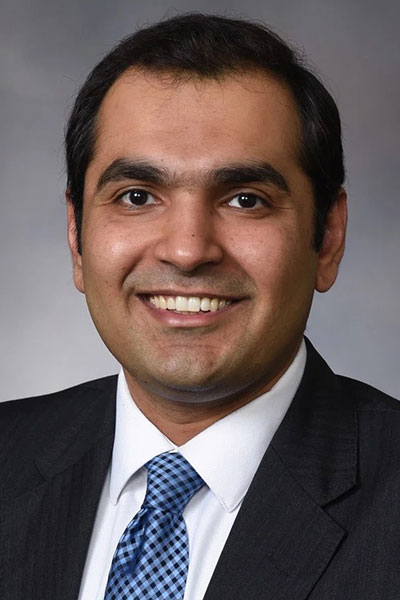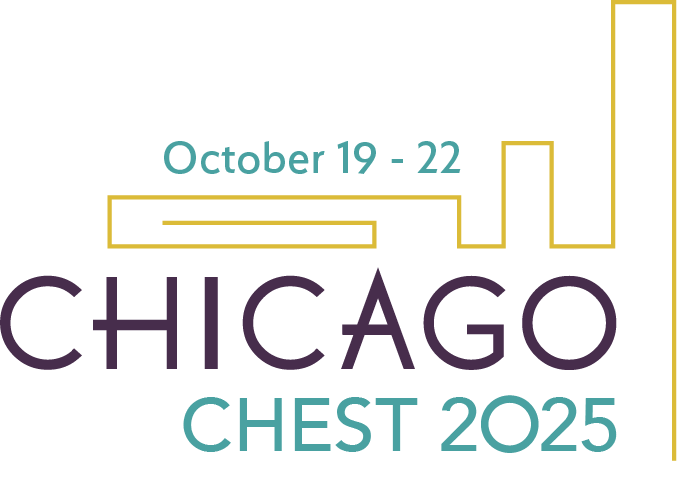Pulmonary rehabilitation (PR) is proven to have significant benefits in patients with chronic lung diseases, yet it remains severely underused. Many believe that telepulmonary rehabilitation (tele-PR) has the potential to improve access, participation, and utilization, but there are also many who question its effectiveness, standardization, and readiness for widespread adoption.

“Pulmonary rehabilitation is one of the most effective interventions we have for patients with chronic lung disease. Whether it’s COPD, interstitial lung disease, or almost any chronic pulmonary condition, rehab improves symptoms, quality of life, and even outcomes,” said Malik Khurram Khan, MD, FCCP. “Yet, despite all the evidence, the reality is sobering—far too few patients are referred, far too few enroll, and even fewer complete the program. Is telepulmonary rehab the answer?”
A panel of pulmonary specialists will consider this question and address uncertainty about personalized pulmonary rehabilitation during the CHEST 2025 pro-con debate session The Future of Pulmonary Rehab: Telemedicine and Personalization at 8 am CT on Tuesday, October 21, in McCormick Place, Lakeside Center, Room 353A.
Dr. Khan, Associate Professor of Medicine, Pulmonary and Critical Care Medicine at the University of Kentucky College of Medicine, will chair the session and will be joined by Carolyn Rochester, MD, FCCP, of Yale University School of Medicine; Jean Bourbeau, MD, MSc, of McGill University Health Centre; and Seyedmohammad Pourshahid, MD, MPH, of Temple University Lewis Katz School of Medicine.
“The barriers to pulmonary rehab exist on both the patient and provider sides,” Dr. Khan said. “From the patient perspective, there are issues of awareness, access, transportation, cost, and motivation. From the provider or rehab program perspective, there are issues of capacity, reimbursement, and staffing. This is where tele-PR, or virtual rehab, has emerged as a potential solution.”
Tele-PR is now recognized by the American Thoracic Society as a viable option, he said, noting that there is evidence—both in the US and globally—suggesting that tele-PR can be just as effective as traditional, in-person programs.
“One challenge, however, is that tele-PR programs are highly heterogeneous—everyone is doing it a little differently,” Dr. Khan said. “We don’t yet have a clear consensus on what the minimum standards should be for a tele-rehab program in order for it to truly qualify as pulmonary rehab.”
Additionally, reimbursement for telepulmonary rehabilitation programs remains unsettled. While virtual care was reimbursed more flexibly during the COVID-19 pandemic, he said, more consistent, long-term policies are now needed if telepulmonary rehabilitation is to become a consistently viable option.
“So, is tele-PR ready to replace traditional rehab? Should it serve as an adjunct, or is it simply too early to adopt?” Dr. Khan asked. “Please come to the session to find out.”

Call for Topics Is Open
Feeling inspired by all the great sessions in Chicago? Help shape the curriculum for CHEST 2026, October 18 to 21 in Phoenix, by submitting topic ideas from areas you’re passionate about, topics affecting your practice, or new technologies you’d like to learn more about. The submission deadline is Tuesday, December 2, at 2 pm CT.


